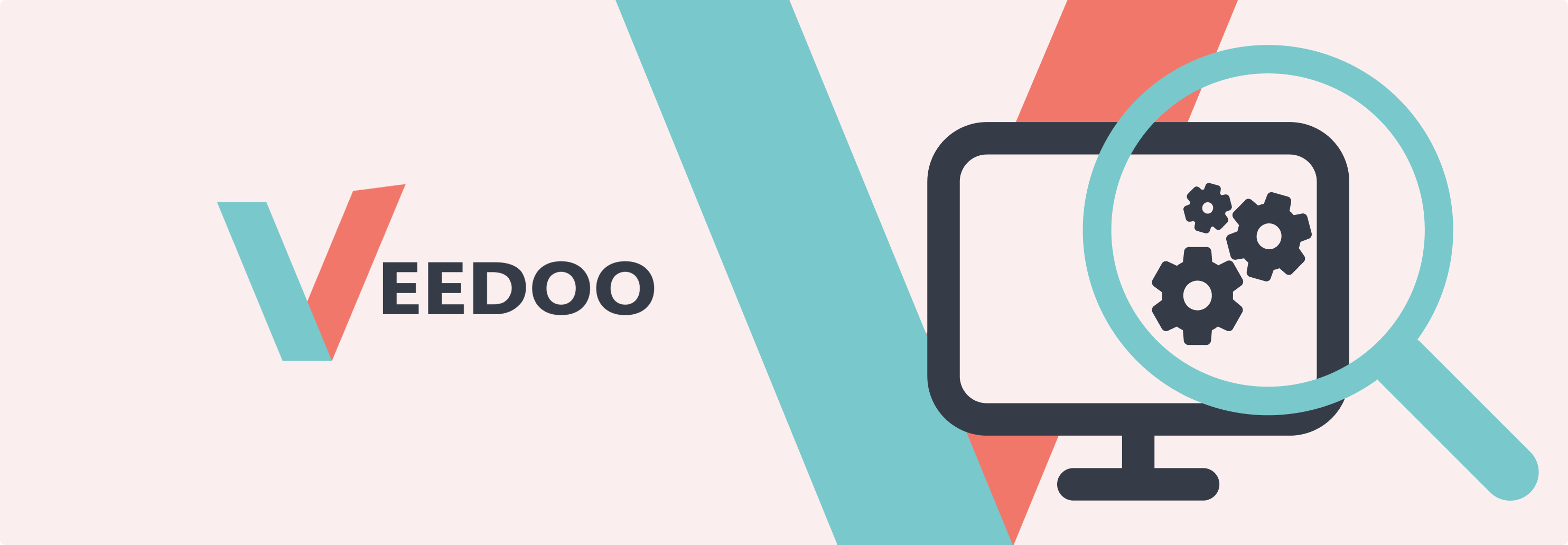
Contact Us
Menu
To Use or Not to Use the Alt Tag on Your Website?
In the constantly evolving landscape of website design and search engine optimisation (SEO), whether to utilise the alt tag for images on your site presents a significant debate. Let's explore this topic to illuminate its importance.

Primarily, it's widely recognised that images are pivotal in making a webpage more engaging and visually appealing to users. They provide structure and clarity to content, making it more palatable and intriguing.
Furthermore, optimised images fulfil a dual function. They not only augment the user experience but also contribute to your site's SEO performance. Consider users with visual impairments or search engine algorithms like Google's, which endeavour to decipher the content of images on your site.
The alt tag, also referred to as the "alt attribute" or "alt text," serves as a concise description of an image. Integrated within the site's HTML, it typically becomes visible upon cursor hover or when screen reading software is deployed. The alt tag's primary aim is to capture the image's essence. For example, if your business specialises in window cleaning, an image of an individual cleaning windows on a high-rise building could feature an alt tag such as: "Person cleaning windows on a high-rise glass building."
However, filling out alt tags demands a responsible approach. Overstuffing them with keywords can detrimentally affect your ranking, as can inserting minimal or vague words.
Wisely utilising alt tags can yield numerous benefits:
Enhanced SEO Ranking
Employing alt tags can enhance your site's visibility in Google's search outcomes. Since Google bots cannot "see" images, providing descriptive alt text assists in improving your site's ranking.
Google Images
Well-crafted alt tags can also ensure your images feature in Google Images search results. By recognising what's depicted in your images, Google can index them accurately, potentially boosting traffic to your site.
Accessibility
For users with visual impairments, screen reading software that vocalises web page content can significantly impact. Alt tags enable these applications to describe images, enriching the user's comprehension of the page. This not only cultivates trust in your brand but could also elevate conversion rates.